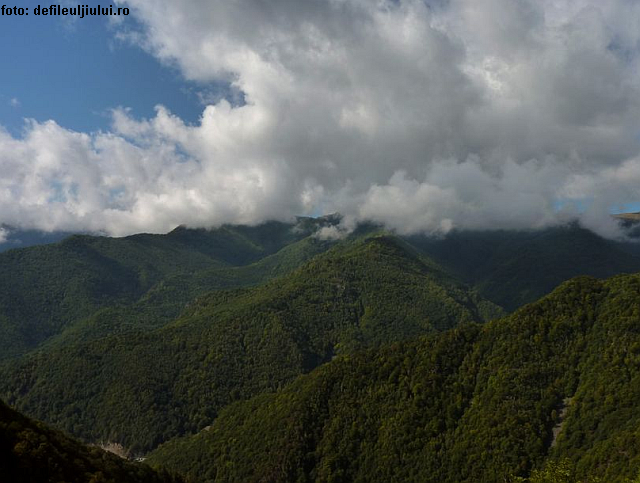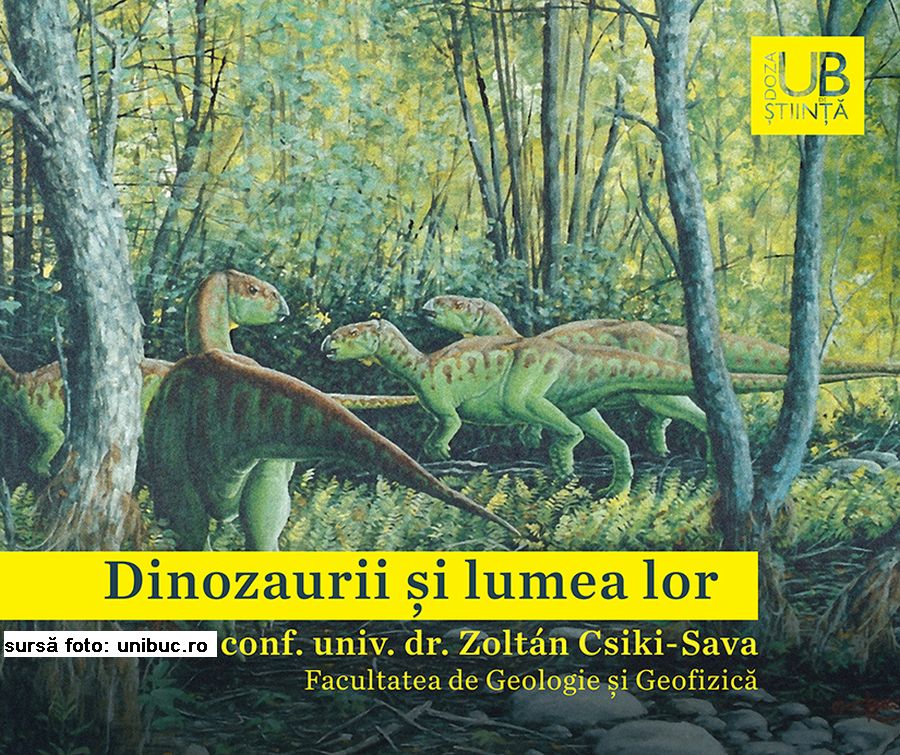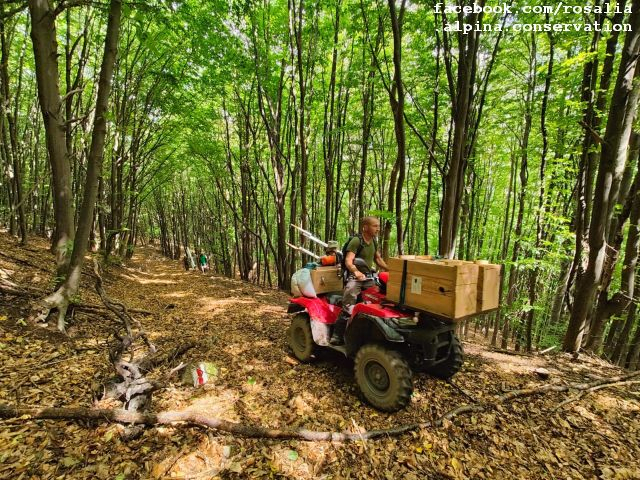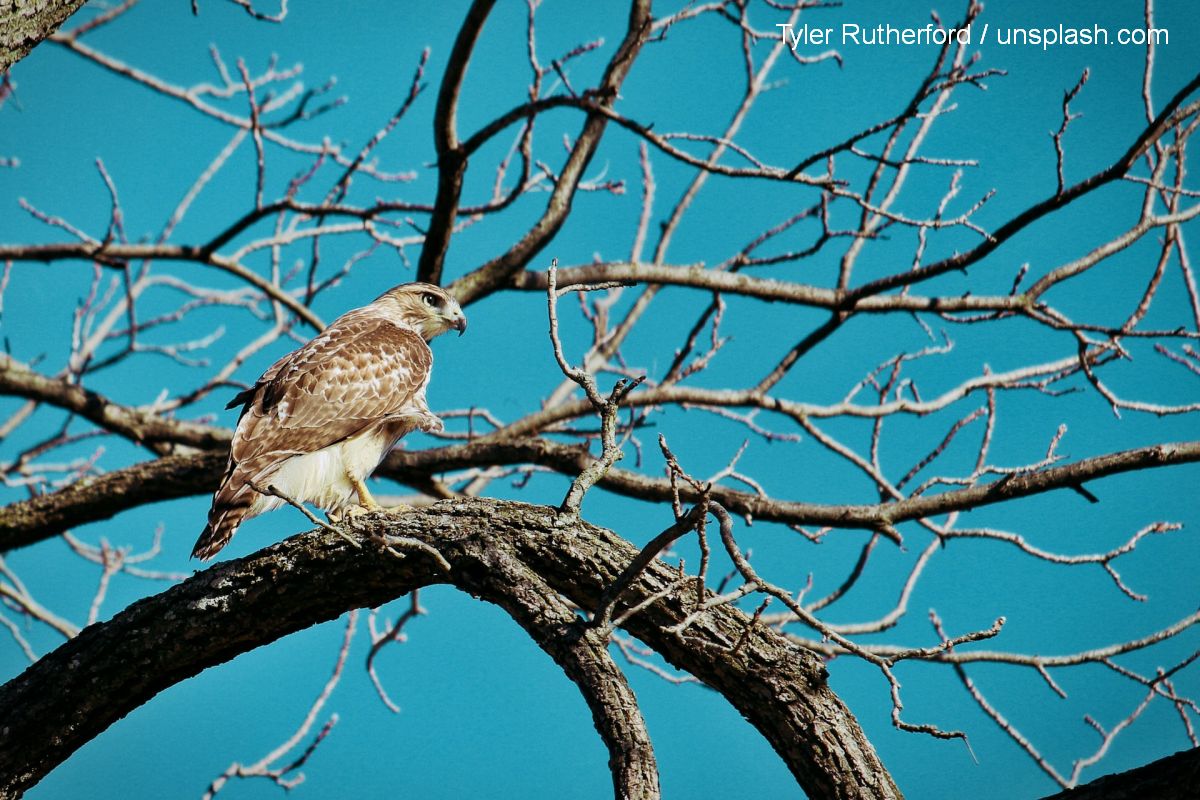Hydro-technical construction, a danger for the Jiu Gorges
Jiu Gorges National Park, one of the most spectacular protected areas in Romania, is threatened by hydro-technical works.

România Internațional, 28.07.2017, 13:15
The Jiu Gorges National park is one of the most spectacular protected areas in Romania. It stretches along the valley dug by the River Jiu into the mountain, between the Parang and Valcan massifs, and covers over 11,000 hectares. 80% of the area, of a remarkably rich biodiversity, is mainly covered by beech and sessile oak, as well as by hornbeam and she tree forests. Experts have identified over 700 species of plants and over 440 species of animals, some of them protected by law. All these, however, have been and will continue to be affected by hydro-technical works which will abstract water from the River Jiu and channel it through huge pipes towards the power plant, thus irreversibly damaging the fauna and flora in the area.
Biologist Calin Dejeu from Cluj-Napoca has got involved for years in saving mountain rivers and continues to make sustained efforts to try to stop these damaging works.
“This National Park is the most spectacular in the country. It is an immense wild and heterogeneous region. The area is mainly covered by spruce tree forests at higher, colder altitudes, and is also home thermophile species like Fraxinus ornus, which grow in the far end of the gorges. The area is breathtakingly beautiful due to the primeval forests on the slopes, lots of spectacular rocks and cliffs and, in particular,the cataracts of the River Jiu. The flora is rich and diverse including over 17 species. Juniper and many orchid species grow in the alpine hollows. The fauna is also rich and includes a wide variety of animals. The area is home to 11 species of amphibians such as the salamander, reptiles, such as the horned viper and 135 bird species. Actually, this is a bird migration corridor for eagles, big owls, black storks and in some winters, dwarf cormorants. That it why the hydro-technical project will affect many species. We cant even imagine or estimate how big the impact will be. Even the dwarf cormorant will be affected by the disappearance of water. At least 13 fish species live in the River Jiu, but no one knows exactly how many are actually living in the river.”
The River Jiu is also the best river in Romania for those who like rafting. Ecologists say that after the hydro-power plant has been built, the flow of the river will be of 20 cubic meters per second upon entering the gorges and of only 2.7 cubic meters per second upon exiting the gorges. Calin Dejeu has filed a complaint, a petition signed by over 20,000 people who call for abandoning the project and notified the European Court of the illegality of the project.
Here is the history of the project:
” Works began in 2004. Fortunately, their progress was quite slow and up until 2012 they managed to implement only 45% of the project. Then, fortunately, Hidroelectrica was declared insolved and works were halted until 2016. Unfortunately, instead of enforcing the environment legislation so that the Jiu river could be saved, we “strike it lucky” with financial or other problems that Hidroelectrica has been faced with. In 2005, when the area was officially granted the National Park status, any such work ought to have been stopped, as its totally incompatible with the National Park status. In any other country around the world, national parks are sacred, youre not allowed to touch nature, let alone destroy a park completely, with the support of that countrys government. Nothing like that has ever been seen in this world. It is a shame, and a national tragedy. For the time being, destructions have occurred on a limited scale, around the building yards. The great disaster will occur when they finish work and deflect the Jiu rivers flow in the tunnel. There is a complete disaster around the building yards. They made access roads, they dynamited the land, they logged forest trees…it looks ghastly. “
In Romania, over 450 micro hydro-powerplants are in various stages of construction or functioning, many of them lying right at the heart of some of the areas registered as part of the Natura 2000 European network. With details on that, here is biologist Calin Dejeu again:
“Anywhere we look on the map of the Carpathians, we can see rivers are destroyed by big dams with lateral adductions drying all the rivers in the region, or by micro hydro-powerplants. There are only several rivers or small river segments left. The tributary of the eastern Jiu river, the Jiet, has been completely dried by the Hidroelectrica s water intakes. The entire water volume flows under the mountain into the Lotru river. Its natural flow has not been restored up until this day. Even the Capra river on the Transfagarasan has been captured in pipes and the Capra water fall has dried out.”
In November 2013, the World Wild Fund Romania publicly raised the issue of the impending necessity to come up with a legal document capable of protecting the rivers in the Carpathians. A campaign was launched, themed “Mountain rivers: the last chance” as well as a petition addressed to the authorities to come up a set of measures that would save Romanias precious rivers.






























